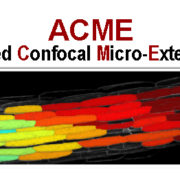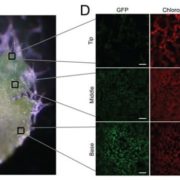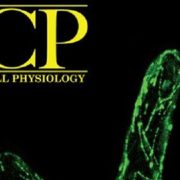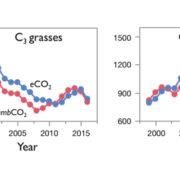Heterohexamers formed by CcmK3 and CcmK4 increase the complexity of beta carboxysome shells (Plant Physiol)
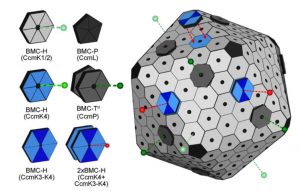 Carboxysomes are protein-bound microcompartments of cyanobacteria that sequester Rubisco and carbonic anhydrase (which converts bicarbonate to carbon dioxide), thus enhancing Rubisco’s carboxylation efficiency. The carboxysome shell is made up of hexamer, pentamer and trimer modules, with selectively permeable pores in the middle of each module. CcmK3 and CcmK4 are related proteins that contribute to the carboxysome shell, and there has been uncertainty as to whether these proteins act redundantly. Sommer et al. showed that CcmK4 can form a homohexamer or can form a heterohexamer with CcmK3, and that two homohexamers can sometimes interact to form a “capped” structure. They authors propose that this capping may contribute to differential transport across the carboxysome shell and to the flexibility of carboxysomes under diverse conditions. Plant Physiol. 10.1104/pp.18.01190
Carboxysomes are protein-bound microcompartments of cyanobacteria that sequester Rubisco and carbonic anhydrase (which converts bicarbonate to carbon dioxide), thus enhancing Rubisco’s carboxylation efficiency. The carboxysome shell is made up of hexamer, pentamer and trimer modules, with selectively permeable pores in the middle of each module. CcmK3 and CcmK4 are related proteins that contribute to the carboxysome shell, and there has been uncertainty as to whether these proteins act redundantly. Sommer et al. showed that CcmK4 can form a homohexamer or can form a heterohexamer with CcmK3, and that two homohexamers can sometimes interact to form a “capped” structure. They authors propose that this capping may contribute to differential transport across the carboxysome shell and to the flexibility of carboxysomes under diverse conditions. Plant Physiol. 10.1104/pp.18.01190


